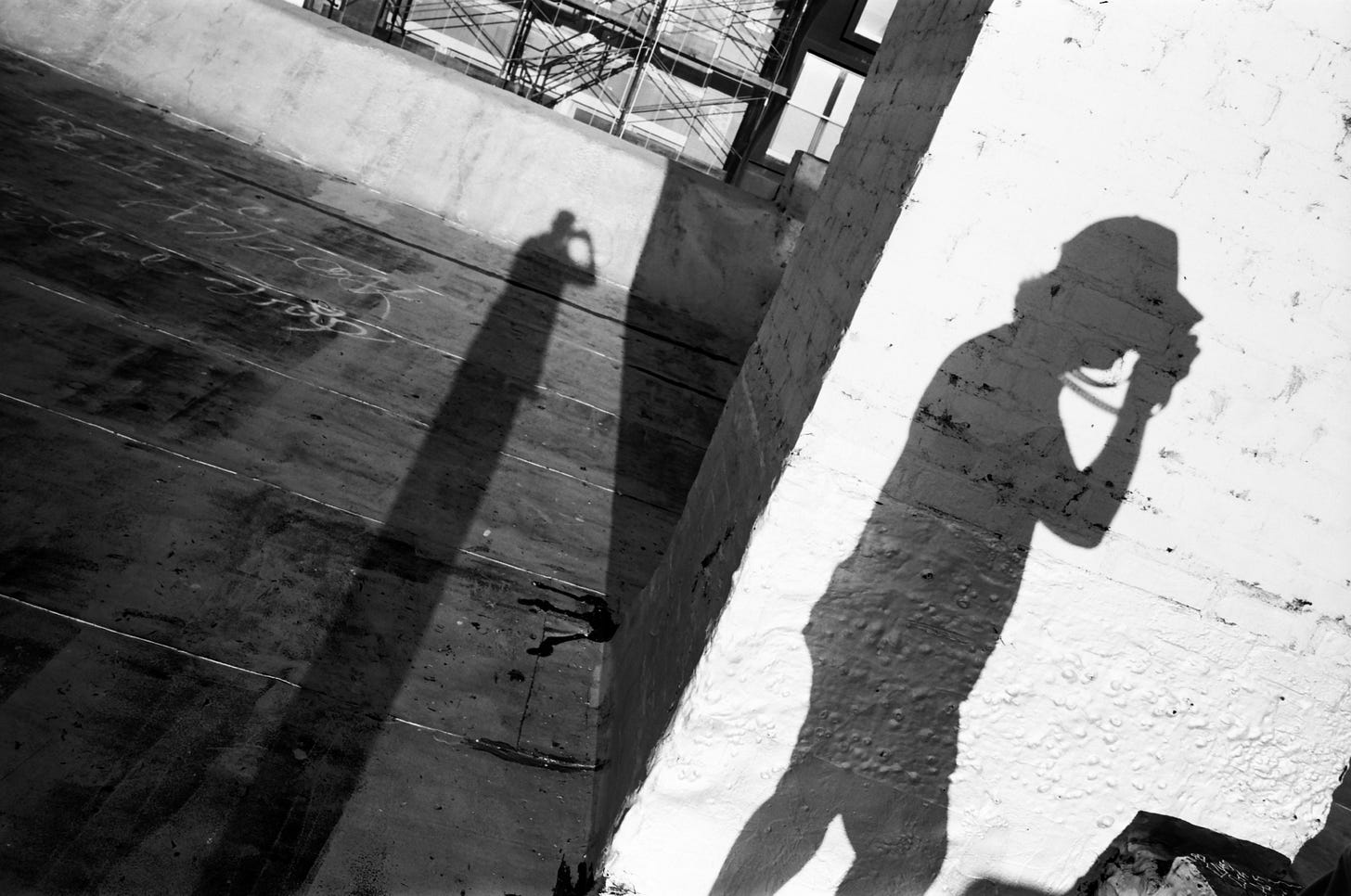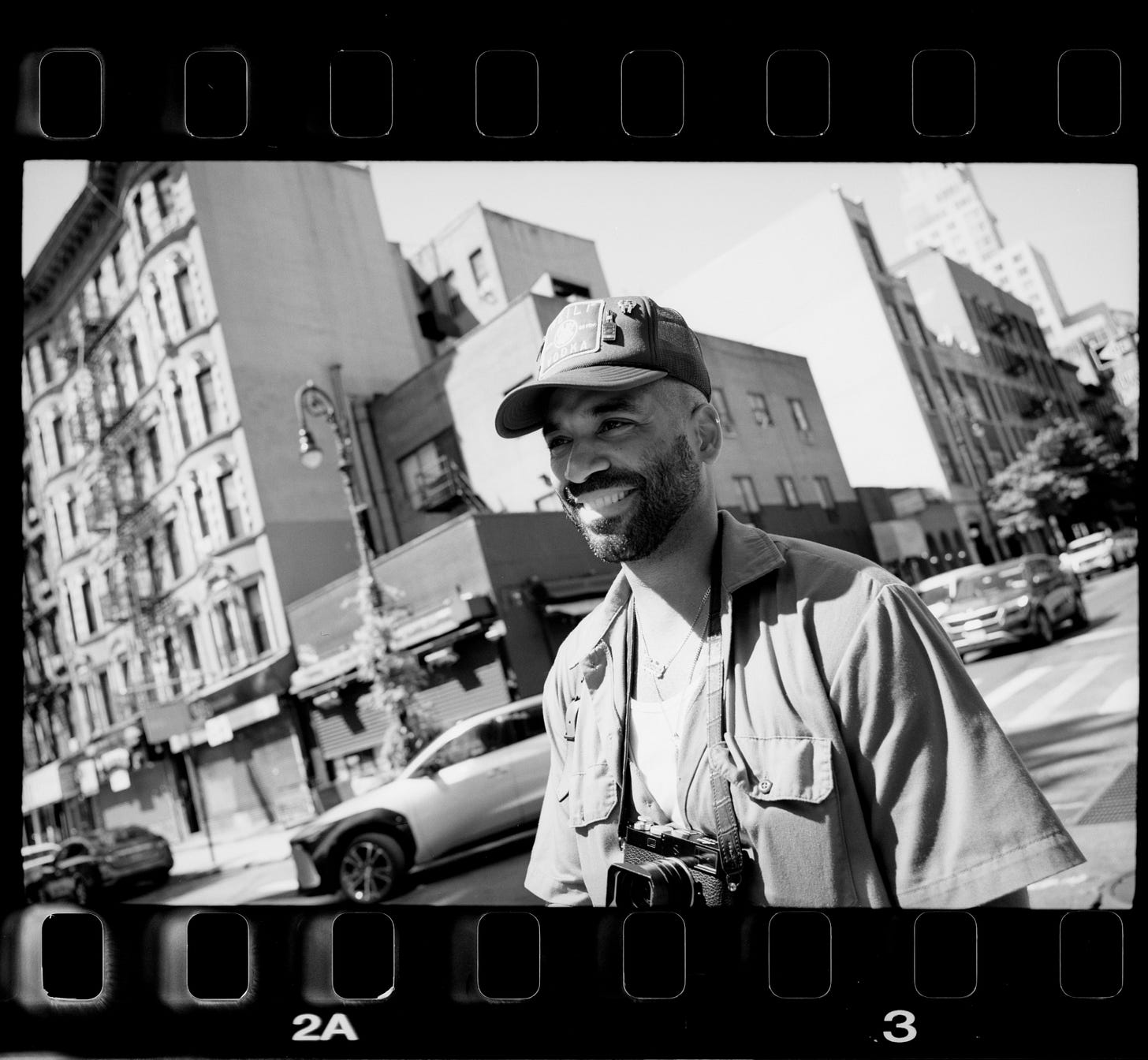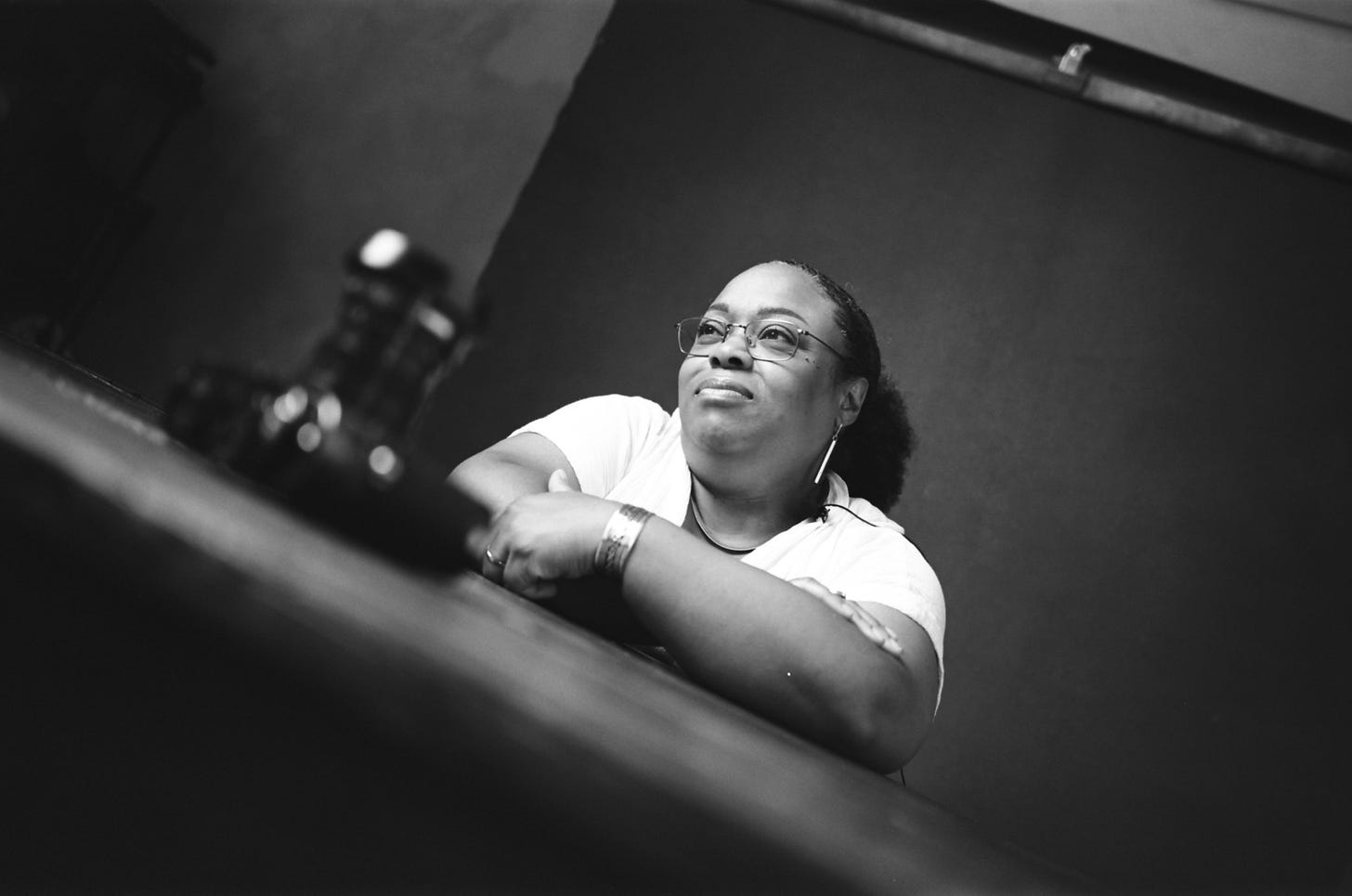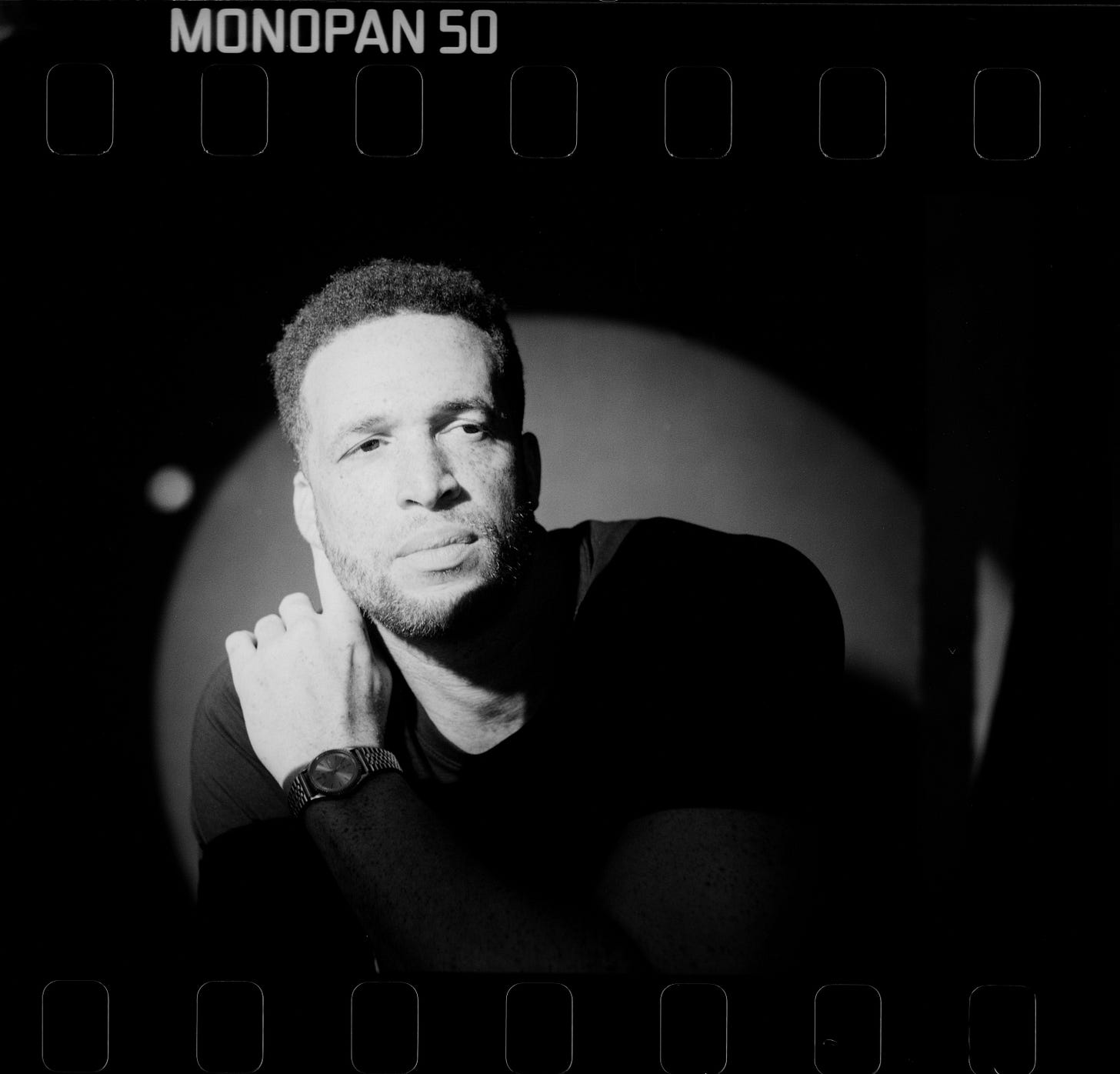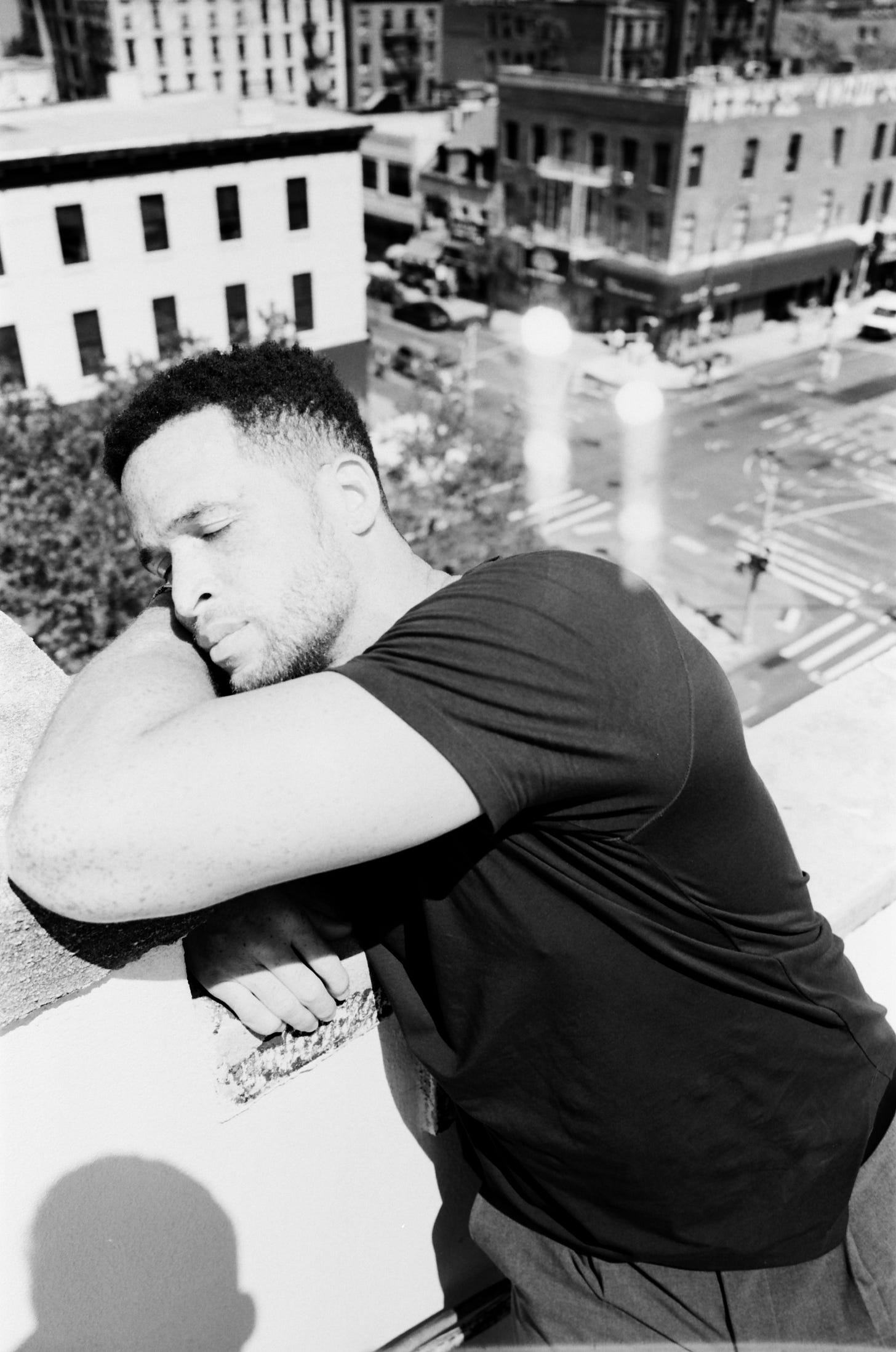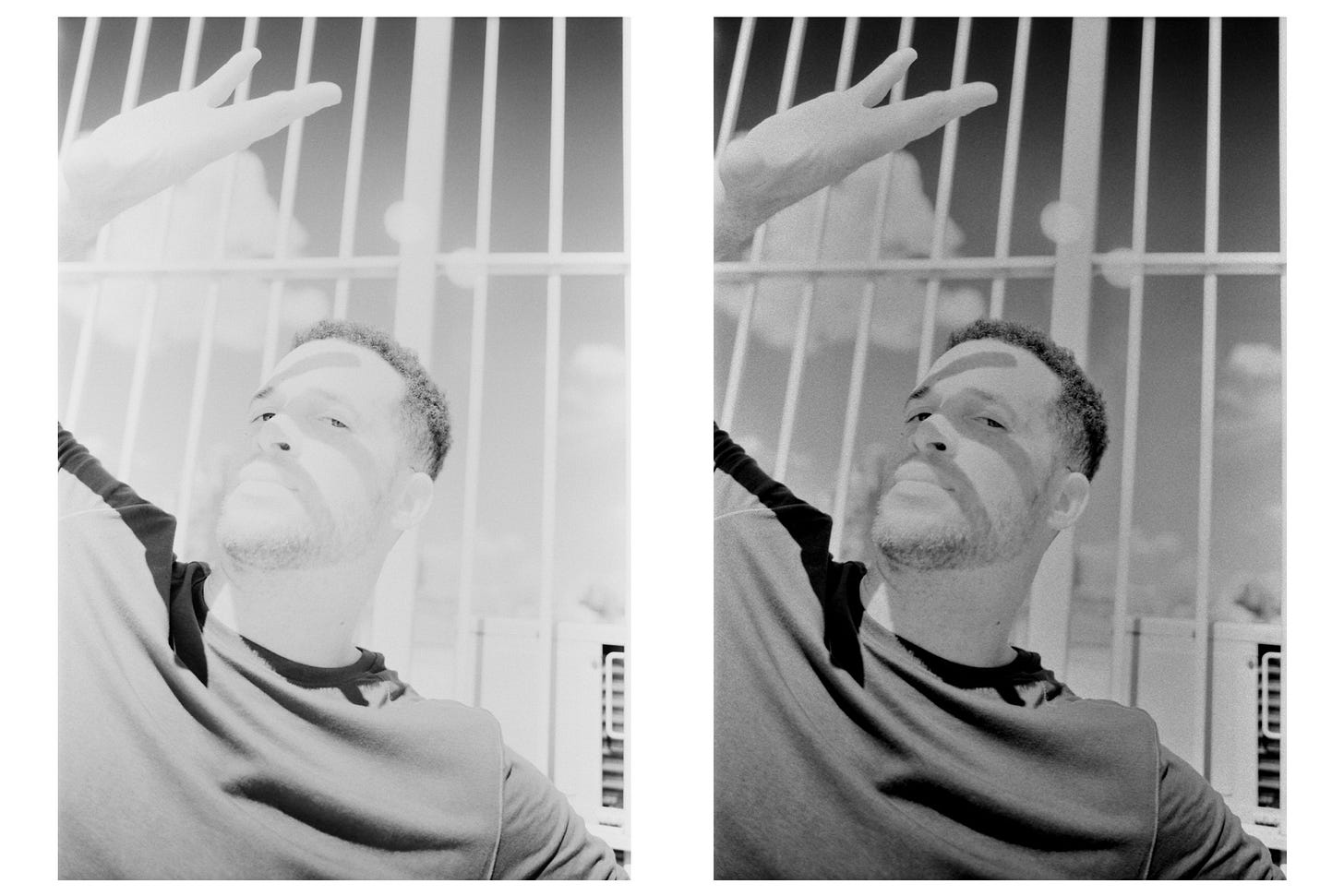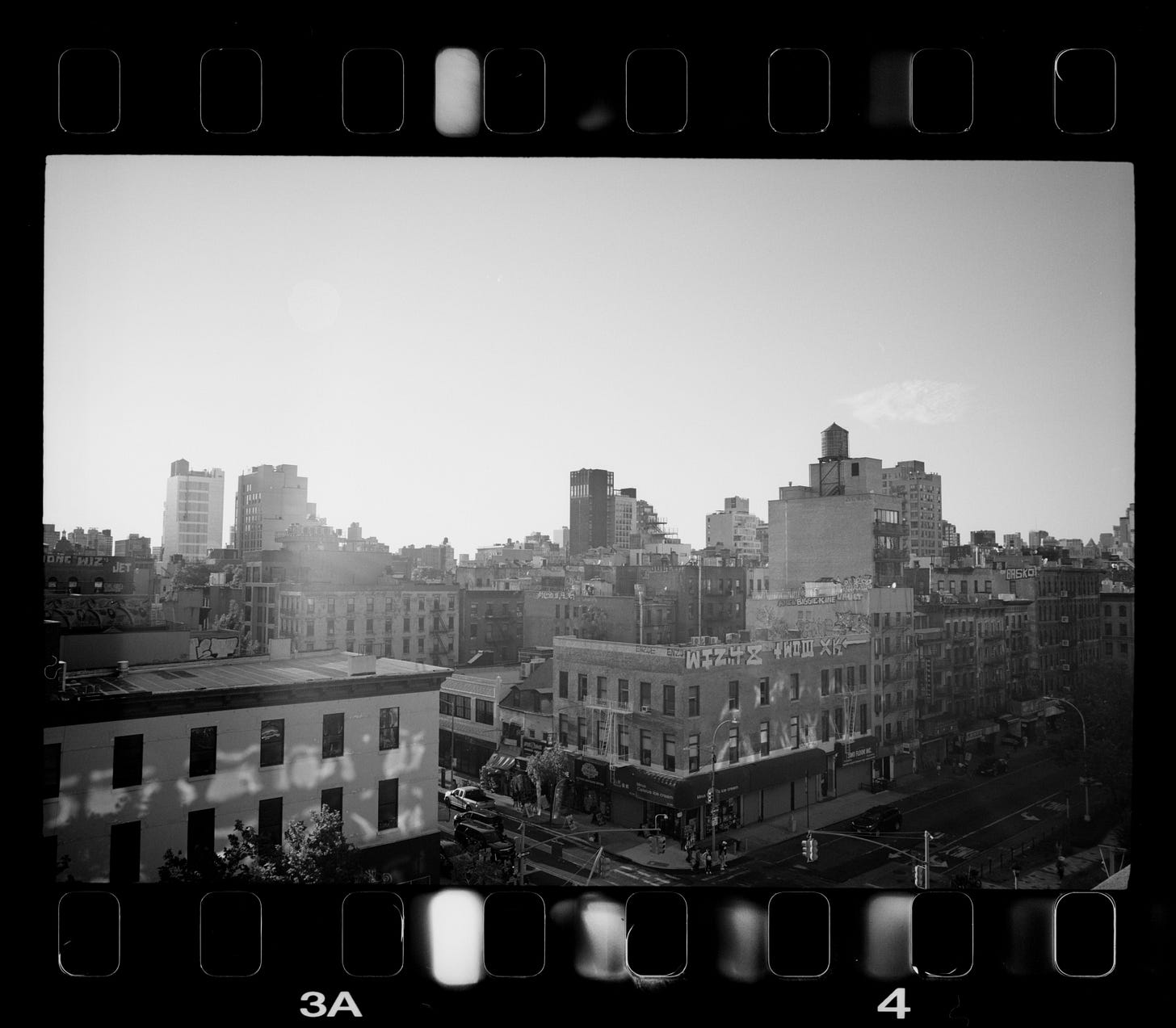Introducing Leica Monopan 50 Film
First-hand experience with the low ISO B&W film
Last June, Leica announced they would be entering the film market with their own branded black and white film stock, calling it an “homage to analogue black-and-white photography.”
In partnership with a lab in Germany, the brand set out to spotlight a low ISO film that encourages shooting at wide apertures while delivering exceptional detail for high-resolution scanning. I had the chance to run a couple of rolls through my camera last month. Now that the scans are back, I wanna share a few images, my impressions, and who I believe will be most excited about this release.
What Is Monopan 50?
Monopan is being billed as a super-panchromatic film stock. So, what does that even mean? It means the film is sensitive to a light spectrum that goes beyond what the human eye can see, extending into the near-infrared range. This should make for interesting tones and versatile filter work.
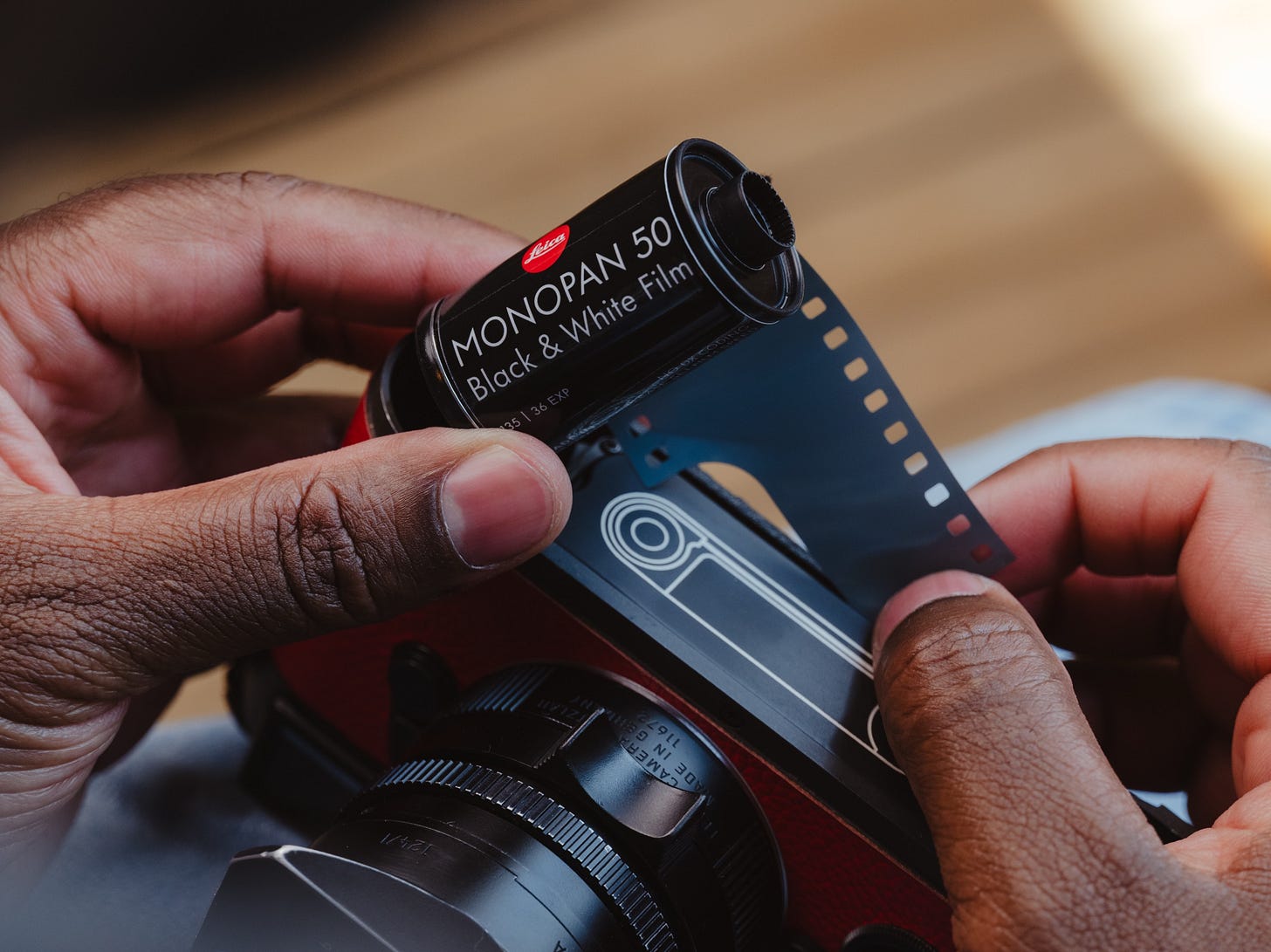
More importantly, it is a low-ISO, fine-grain film. You’ll need a generous amount of light to land the correct exposure, but when you do, the reward is exceptional sharpness with a subtle grain that complements rather than distracts from the image.
It is also engineered for high-resolution scanning. With 280 lp/mm and a 1000:1 contrast ratio, this stock offers serious potential for those who want to extract maximum detail from their negatives.
With that context in mind, let’s take a closer look at how it performed in the real world.
How Does It Shoot?
I burned through two rolls while in New York, and from the frames that survived my own mistakes (more on that in a moment), I saw enough to make me want to keep this stock in my rotation.
What stood out first was the softer tonal curve in the middle greys. They feel natural, almost effortless, which works beautifully for portraits. It’s only when you reach the deeper shadows and blacks that the falloff becomes steeper. At least, that’s how it appears to my eyes.
This behaviour in the shadows gives the overall image a high-contrast feel while still preserving important details. I can see this being valuable for both portraiture and architectural work.
Pair that with the ability to resolve fine detail and shoot wide open with modern Summilux or Noctilux lenses, and you have a combination that is as rewarding as it is challenging. Naturally, I had to try for a shot at F0.95 and… well…
Not bad. I’m slightly over on the highlights but it’s still interesting to see how this film stock handles varying degrees of contrast. Which brings me to filters. I thought it would be fun to try a red filter for a few shots. The moment you attach one, though, you lose about three stops of light and have to compensate.
This creates some new challenges but what got me this day was that after I removed the filter, and forgot to adjust the light meter on my Leica M6 back to ISO 50. The result?
Ouch.
Left is the basic scan, right has some post work done but even then, the film was cooked. I share this humbly to remind you all that it is indeed possible to over expose low ISO film, haha.
After a few days of intentional shooting and a healthy number of errors, I have a much clearer sense of where this stock can complement my storytelling.
Leica Monopan 50 brings excitement back to a forgotten film formula, and I’m eager to get a few more rolls in my kit. So, with that in mind, let’s talk about who I think will be most excited about it.
Who Should Be Excited?
If you are a Leica fan or collector, this release will likely spark some excitement. The film comes in four unique packaging options, and at a suggested MSRP of $9.99 per roll, it’s an easy addition to any collection.
If you already shoot black and white film, this stock is worth a test roll, especially if your experience has been rooted in classics like HP5 or Tri-X.
For those working in fine art, portraiture, architecture, or landscapes, I’d go further and say this belongs on your short list. Monopan 50 rewards the intentional film photographer. While it may not be the most versatile option for dynamic lighting, when everything comes together, it produces some of the most beautiful black and white negatives I have ever seen.
All Things Film: My Lab of Choice
The biggest obstacle around analog photography is the developing. You could learn to do it yourself but it’s a lot of time, money, and resources. You could send it to a lab but then you’re relinquishing so much creative control to a random human you’ll never speak with. What if there was a film lab made for pros and valued the relationship with the photographer?
Enter All Things Film. The team at this lab are a group of experts that go out of their way to deliver the best film experience possible. Not only do they offer competitive pricing, mail-in orders, and print solutions, they look to work with customers to understand their specific style. Their goal is to create a unique profile for each customer so that when a roll of film comes in, it gets developed just as the photographer intended.
While most of my work is done on digital, I’ve been shooting a lot more film lately and that’s thanks to the team at All Things Films. Whether it’s for personal or professional, the team at All Things Film has genuinely earned my trust. If you’re looking for a great lab to handle your analog photography, reach out to All Things Film and tell them I sent you.
Upcoming Events & Workshops
Los Angeles: Leica Akademie: Video for Photographers
Next month, I’m leading a two-day workshop for photographers who are new to video. You’ll get a practical introduction to filmmaking using the Leica SL system, with a focus on branded content and visual storytelling. Lear more here.
In late September, I’m heading to India for a street photography adventure across the North and South. A few seats are still available for those looking for a deep, immersive photography experience. Learn more here.
Mexico City: Día de Muertos Meet-Up
Toronto Studio Photography Workshop
This November, I’m hosting a studio photography workshop designed to elevate your skills. Whether you're a beginner looking to build a solid foundation or an experienced photographer looking to refine your craft, this workshop will educate you in the essential techniques of studio work. Full details can be found here.
Arctic 2026 Photography Adventure
In 2024, I traveled to Svalbard with Quark Expeditions and it was unforgettable. I’m planning a return trip in 2026 with a group of photographers. This is not a workshop. It’s an excuse for like-minded storytellers to visit one of the most remote places on earth. If that sounds like you, fill out this form to learn more.
Previous Favourites
NEW August Contest!
This month, I’ll be giving away a $200 gift card to the Moment Shop where the winner can save big on their next camera, lens, bag, or courses. Moment has so many creative products to choose from and $200 can absolutely make for a great deal.
How will I pick the winner? Make sure you’re signed up for this newsletter then leave a comment on at least one post from this month. I’ll be randomly picking one person, confirming they meet the requirements and contacting them directly before announcing the winner publicly.
Once again, this contest is void where prohibited by law. Good luck!
My thanks to the team at Moment! Not only for this contest but for being the longest supporter of my work online. They’re a lean team of passionate creators that truly believe in supporting other creatives on their journey. Whether it’s a new camera, lens, workshop, or just some great articles, visit ShopMoment.com today.
What’s Next?
It’s been a while since I last wrote a camera or lens review. I had this loose rule about steering clear of them, but I’ve realized there’s a lot I’ve been learning that other storytellers, especially those in the Leica ecosystem, could find useful. So next week, I’ll be sharing a special, in-depth look at the camera I’ve used more than any other over the past year. Stay tuned.
GB


